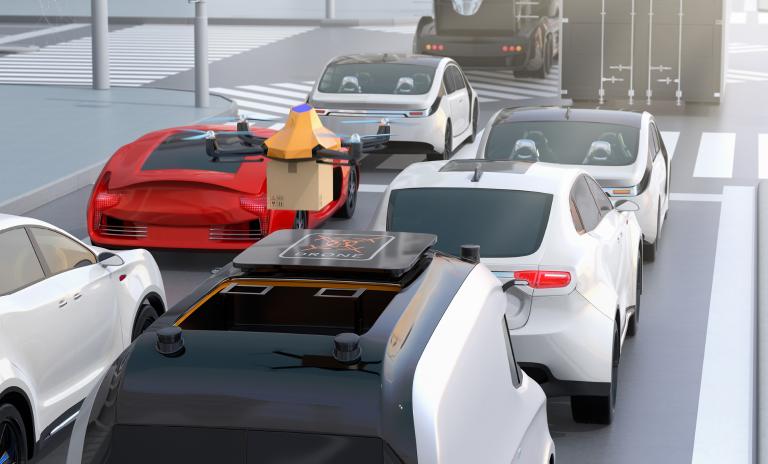The automotive world is experiencing unprecedented change. By 2040 the industry will be polarized, automated, connected and electrified – or PACE, for short.




The typical vehicle of 2040 will be very different from the cars on the roads today. The automotive industry will have been reshaped by the PACE megatrends: Thus, increased Polarization will have led to even more regionally specific product requirements, with no single vehicle model able to serve all markets. The rise of Automation will have resulted in much higher levels of automated driving across all vehicle segments and regions. Electrification means that the number of battery-electric vehicles (BEVs) will have risen, hitting a global share of 70 percent, with a further 20 percent or so being hybrids. And increased Connectivity means that almost all vehicles will be based on the software-defined vehicle (SDV) approach by 2040 and can be seamlessly integrated with customers' smartphones and smart homes.
Customer purchasing behavior with regard to vehicle type will continue to differ by region. For example, the Global South – in which we include developing and emerging markets in Asia, Africa and Latin America but exclude China – will continue to have a much higher share of entry and volume segment vehicles, reflecting the lower income levels in these markets. That said, we do not expect to see the widespread emergence of a new breed of frugal cars exclusively for low-income markets in the next decade and a half.
We have created eight illustrative consumer archetypes to highlight which product types will dominate the landscape by 2040.
For example, our archetype "James" is an engineer working in San José who drives a D-segment SUV. When choosing his current vehicle, he carefully compared different models but ultimately chose one of the most common vehicles on the road, a D-segment BEV from a US manufacturer. By contrast, "the Saris" are a family living in suburban Indonesia who drive a B-segment sedan. The number of BEVs is steadily increasing in their hometown, but when they came to buy a car they ultimately decided on an internal combustion engine (ICE) vehicle, as often all the charging points in their neighborhood are busy. Our eight customer narratives not only indicate the range of product types that will exist in 2040, they also illustrate which product characteristics will sway customers' purchasing decisions.
Register now to receive the full publication "Automotive Outlook 2040", with a detailed forecast on sales volumes, revenue pools, BEV shares, and strategic priorities for OEMs and suppliers.
